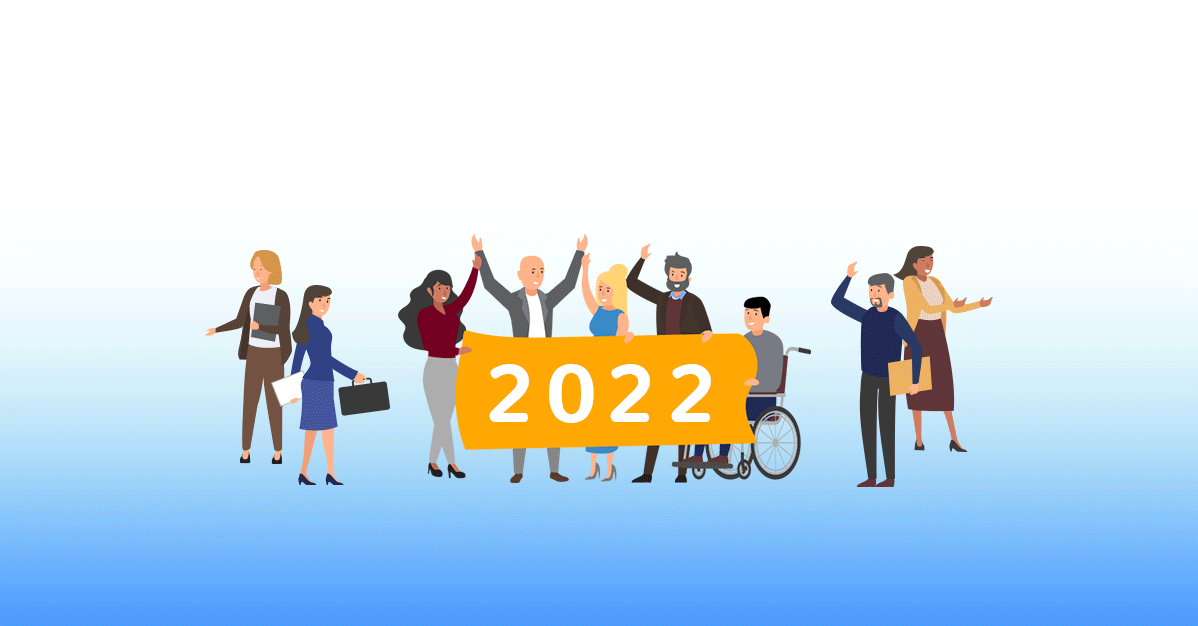Why COVID-safe offices could kill your workplace culture...
The research is in. While working from home has been for many, a more positive experience than ever expected, remote working has not delivered well on collaboration, training and support, nor has it helped us create a shared, common purpose. We may all be productively tapping away on our laptops but over the longer term, how well we work together and achieve common goals is the essence of a successful organisation or community.
Offices and places of work create communities with shared experiences. It is the ‘water cooler’ conversation that sparks a new idea, the common complaints on the state of the kitchen, or the sometimes-awkward social events that build relationships and smooth the way to getting things done.
But is this experience in the office right now?
With a justifiable focus on safety, many organisations have taken an opt in approach to return to the office, and certainly most have not yet tried to bring everyone back in at the same time. So, the experience in returning to the workplace now rarely matches a pre-COVID-19 workplace experience. We are dispersed across workstations; our meeting rooms are stripped of furniture and how we gather is tightly managed. Without the people, the energy and shared activities the experience of returning to the office can be disappointing in the least, or possibly not worth the effort.
We need to engineer the experience
The biggest existential risk to the office is not COVID-19 and making it safe, it is that armed with 3 months of productive and often enjoyable working from home experience, the office now needs to be somewhere we want to go. The home office is now strong competition for the organisation’s office.
We know that sharing physical space and the experiences that come with it cannot be replicated by remote working, however a lacklustre return to the office experience actually threatens its perceived value. More than ever the workplace experience must be a great one. We can never say again: ‘if you build it, they will come.’
So how do you create a great workplace experience that is COVID-safe? Well what is the value of the office other than to create interactions between people that support the organisation to be effective. If the way we work or our spaces in which we work hinder collaboration, they are not doing their job.
Here are a few things to keep in mind:
1. Get the technology right (and the etiquettes)
Possibly the greatest surprise over the last few months has been how well technology has worked and how easily we have adopted videoconferencing, instant messaging and collaborative platforms.
One key to this success was that we were all in it together, we were all individuals dialling into a shared platform. However, when we return to the office and we are again dealing with room technology that fails us, poor connectivity or the feeling you can’t contribute well if not in the room will return as well. Investing now in upgrading technology so people can actively collaborate from anywhere is critical for a good return to the office experience.
This may be room technology, or room re-design but it must also include being explicit around meeting etiquette. Be clear about how you want your meetings to run – how people contribute, videos on or off, indicating whether meetings are f2f or dial in – all are key to collaborating effectively and efficiently.
2. Bring your teams together purposefully
The flexibility genie is out of the bottle. Employers who believe that flexible working won’t be a part of the future way of working are likely to be challenged.
So how and why you bring people together will need to be purposeful. When do you need everyone together? How often should teams share the same space? Do you need the same types of spaces you had before? When does face to face matter? How do you engineer serendipity?
Each team and organisation will need to consider these questions carefully. It is not the time to let this new way of working figure itself out.
Now is the time to develop a deliberate and considered approach to sharing space, what activities and experiences does the office deliver, and the bring these to life in a purposeful way.
3. Focus on people
One of the great aspects of the COVID-19 working from home experience was the window into people’s home lives. We saw their children, their pets and their views out the window. Many organisations openly relaxed the line between home and work, and we got insights into each other’s personal struggles.
As we normalise greater flexibility, ensuring leaders are equipped to manage staff well from anywhere is essential. It requires building and sustaining trust, managing outputs and not face time, and being able to make personal connections so that employee wellbeing is at the centre of how we work.
The last few months has provided an opportunity to for organisations to re-imagine their workplace culture, the spaces that support it and how people work together to achieve success. An attempt to return to the way of working before this experience is not only a missed opportunity, it is likely to fail.


/Cap%20Stats/amicus-company-profile-blog.jpg)


-2.jpg)

-2.png)



-2.png)

/Sectors/Office/contact-amicus.jpg)